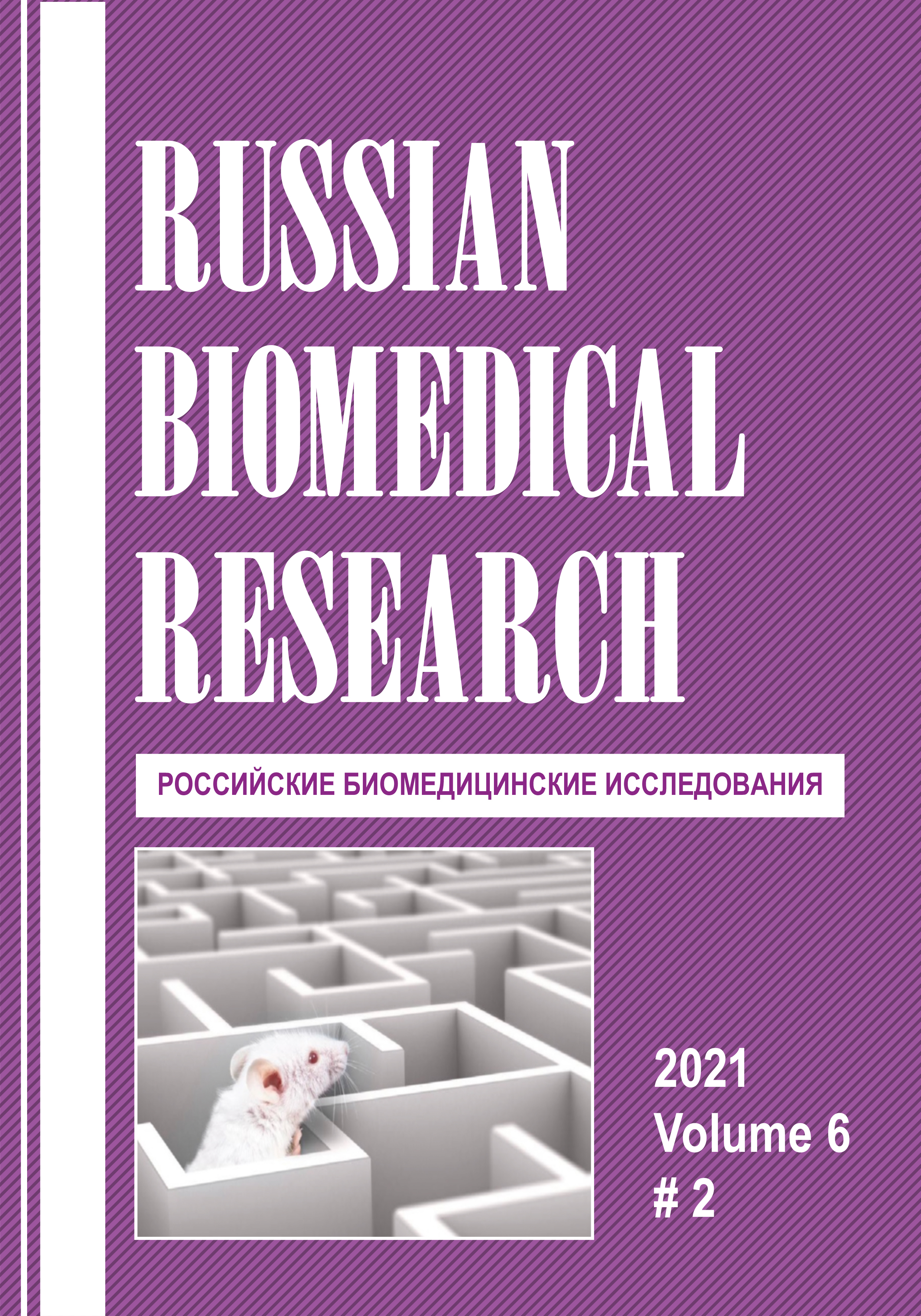“POST HOC, NON EST PROPTER HOC”?ASIA-SYNDROME DURING ANNUAL FOLLOW-UP OF FEMALE PATIENTS WITH BREAST OPERATIONS. FROM YEHUDA SHOENFELD - TO ROMAN BAEVSKIY
Abstract
The article presents the results of studying the manifestations of the autoimmune autoinflammatory syndrome induced by adjuvants (ASIA) in female patients before and after breast surgery. 119 operations were performed in 106 patients. Full annual clinical and laboratory control was performed in 79 of them. The patients were divided into 2 groups. The first one - after breast surgery using a silicone implant for aesthetic (in order to correct the shape and volume), or for reconstructive (restoration of the breast after treatment of its cancer) indications. The second group consisted of patients who underwent various operations on the mammary glands without the use of silicone (lifting, reduction, lipofilling, sectoral or radical resection, amputation, mastectomy). At the time points 0, 3, 6 and 12 months after surgery, we measured the serum levels of prolactin, cortisol, thyrotropin, thyroid hormones and 8 various autoantibodies towards those antigens most commonly targeted in highly spread autoimmune diseases, as well as the presence and severity of clinical and anamnestic manifestations of ASIA. The later were taken into account according to the questionnaire and criteria of the International Register of Patients with ASIA. After operations statistically significant increase in the number of women with ASIA syndrome was found, however, it was not associated with the use of silicone implants, although it correlated with an increase in serum concentrations of several autoantibodies (anti cardiolipin and anti β2 glycoprotein) that did not reach diagnostic thresholds. Within the observation period, the patients remained within the framework of prenosological adaptation, although they began to present the first complaints, which was reflected in the emergence of criteria for the ASIA syndrome. In this sample of patients, neither silicone use, nor preoperative status, nor postoperative complications, nor hormone levels showed a statistically significant relationship with the presence or absence of ASIA syndrome. The state of the immune system during its hyperstimulation can be prenosological and premorbid, just as it was shown by R.M. Baevsky for the state of the cardiovascular system during forced stress adaptation. The data obtained are interpreted from these positions and are consistent with the concept by Y. Shoenfeld and co authors, who interpret ASIA not as a disease, but as a prenosological condition against the background of an increased tension of immune regulation.



